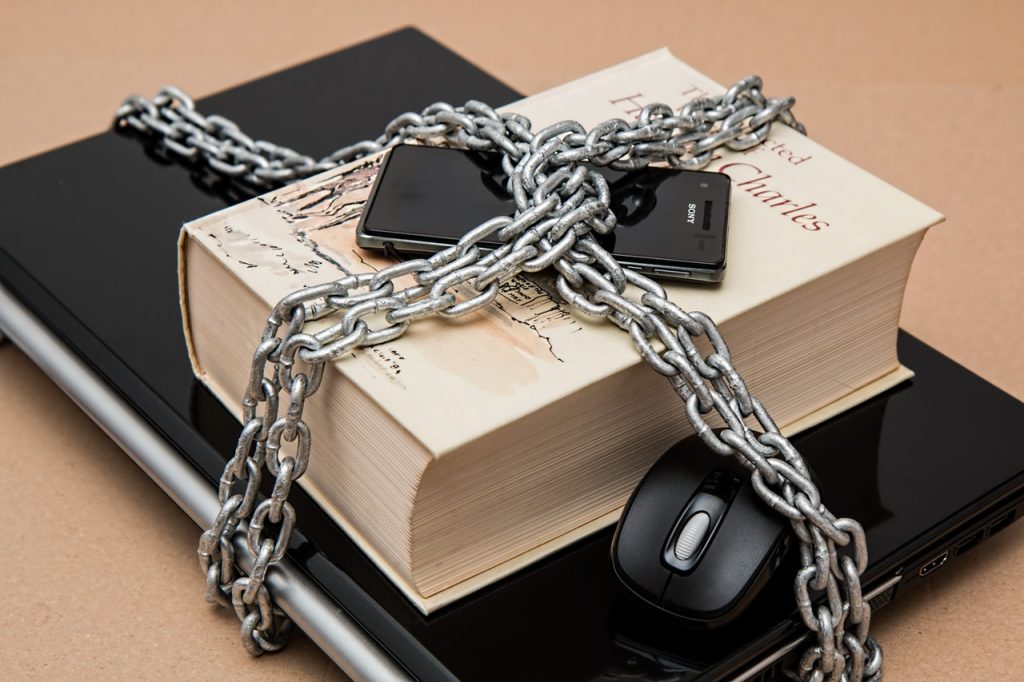
How-To Password Protect Files in Windows Using Encryption
In the age of the internet, the notion of privacy is getting harder and harder to achieve. While ever-present networking may be good for an automated, shared world, it also opens up opportunities for malice. Cyber attacks are on the rise and hackers can try to access your private files, be it through the internet or even physically accessing a hard drive.
So, what can you do to keep your files, especially private files like official documents, etc. safe from prying eyes? Well, Windows allows you to password-protect your files by enabling encryption. When this encryption is enabled, Windows will encrypt your files and generate an encryption key for your user account so all your protected files will be encrypted when you lock your PC and decrypt it for viewing only when you login using your user account.
No other user account will be able to access it and even if someone tries to physically extract the hard drive and try to read it, they will still find garbage encrypted data that won’t be any use without the encryption key tied to your user account.
Here is how you can enable this encryption for a file,
Password-Protect File or Folder
- Open the File Explorer and navigate to the File or Folder you want to protect.
- Right-click on it and click on Properties.
- Click on Advanced.
- Check the box for Encrypt contents to secure data and click on OK, as shown in the screenshot below.
- That’s it, Windows will now encrypt the file. For further safety, it will also prompt you to backup your encryption key and certificate. You can do it just to be safe.
That’s it, your files are now secure. You can always disable the encryption by following the same process again.

